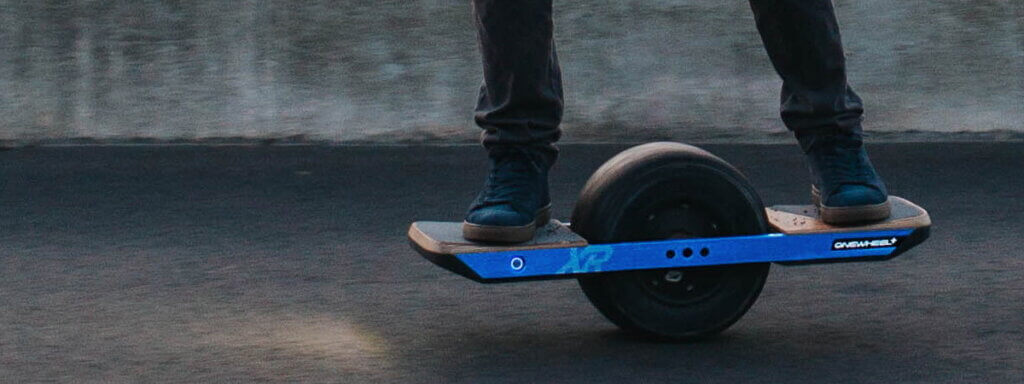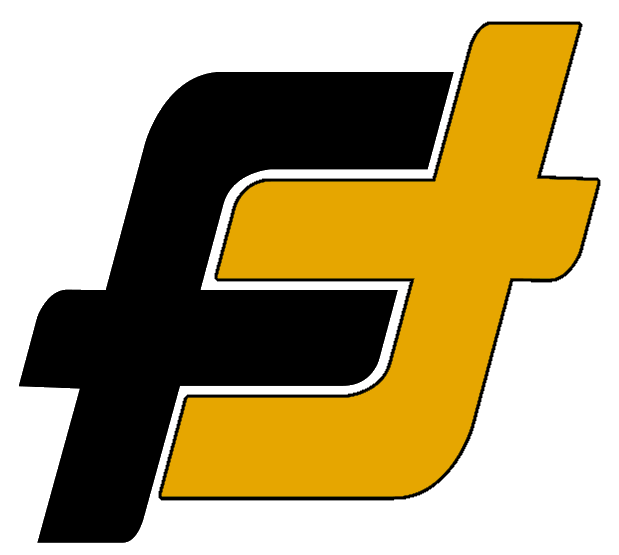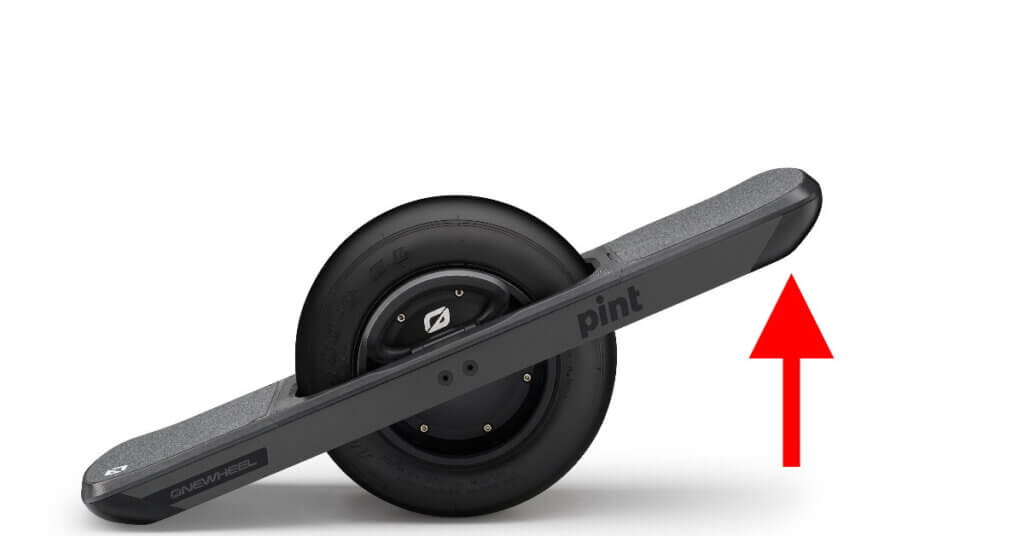The Onewheel pushback is one of the most talked about features of the board. It is the motion when the board pushes the nose of the board upwards to lift the rider and slow down the board. All different boards have their characteristics regarding how aggressive the pushback is.
The Onewheel Pint and XR are behaving differently from a riding and pushback perspective. The latest boards Onewheel Pint X, GT, and GT S are following their predecessors with a distinguished pushback.
The difference between the boards and excessively the XR has divided the group of riders. Many people hoping for an XR-like pushback profile, something that most likely will not happen, read more down below.
What is pushback and why do we need it?
The pushback of the Onewheel is the motion when the board pushes the nose of the board upwards to lift the rider and slow down the board. The pushback is implemented to stop the board from going too fast or riding with a low battery where the power to lift the rider has been drastically reduced.
Let’s get a bit more technical.
When you lean forward the board has to accelerate to generate the lifting force to keep you from nosediving. If the rider keeps pushing the board will try to balance the board and speed up until the power from the board is not sufficient to hold the rider, nosedive. As the motor needs to speed up to generate there will never be a top speed limit placed on the Onewheel.
The problem the engineers face is that the board itself can’t just stop you or slow down. If you are leaning forward it has to speed up to stay under you. The pushback is where the board lifts the nose to put you in the slow-down position.
| Onewheel Model | Pushback Type | Pushback Strength | Customization Options | Notable Features |
|---|---|---|---|---|
| Onewheel Pint | Distinguished Lift | Powerful | Limited | New rider-friendly, prominent pushback |
| Onewheel Pint X | Distinguished Lift | Slightly Increased Power | Limited | Improved battery, slightly higher top speed |
| Onewheel XR | Subtle Lift | Subtle | Customizable | Allows riding past pushback, customizable settings |
| Onewheel GT | Distinguished Lift | Enhanced Power | Customization | Digital Shaping 3.0, increased torque, addressing safety concerns |
| Onewheel GT S-Series | Distinguished Lift | More Power | Customization | Digital Shaping 3.0, increased torque, addressing safety concerns |

Onewheel Pint
As the Pint was launched as the more new rider-friendly board one of the key features was the more distinguished and powerful pushback. This was implemented to make it easier for the rider to feel when they are hitting the limits of the board.
This was implemented as many new riders were overpowering the board and not feeling the nosedive on the XR.

Onewheel Pint X
The Onewheel Pint X has the same pushback as the Pint, a hard aggressive lifting motion of the nose. The good thing about the new board is that the top speed where pushback hits has slightly been increased with the new better battery.
Onewheel XR
The pushback on the Onewheel XR is a lot more subtle and it’s possible to ride past it. This has been a risk for new and inexperienced riders who have tried to beat speed records on their first rides.
For more experienced riders this subtle pushback and the possibility to ride past it will gain several MPH at the top speed. There is also a way to manipulate the pushback point by lowering the nose in the custom settings. This will make it even more subtle and make it possible to ride the spot between pushback – nosediving.

Onewheel GT & GT S-Series
As the Onewheel GT and the latest Onewheel GT S-series have the pushback feature enabled.
“Everything about the GT riding experience is different from Pint, including Pushback”
Future Motion Inc.
The Onewheel GT will come with a new Digital Shaping 3.0. It will have updated electronics and battery giving an increased torque and the max speed is only slightly increased.
The most obvious reason for the increase in power is to fix the main complaint and problem with the XR, the overpowering of the motor resulting in a nosedive. There is even a Class Action Lawsuit against them for this reason.
The extra torque, going from a maximum of 2hp to 3hp helps the board balance the rider reducing the risk of overpowering the motor. This is the reason to get more headroom and why the board is only 1mph faster than the XR.
“Pushback will still be present as it is a vital safety feature to riding any Onewheel, but we are still fine-tuning how that will feel when riding”
Future Motion Inc.

The Class Action Lawsuit happening against Future Motion is based on the lack of safety features present on the XR platform. Seeing the statement and the design of the new board it’s clear that the GT is made to fix this problem. It looks like FM is trying to make it impossible for the average rider to overcome the pushback, the 50% increase in torque will make pushback much harder to overcome.
At this point, it seems more probable with a distinguished and hard pushback like the Pint than the subtle XR. This is most likely for legal reasons to fix the problems with the lawsuit and move on.
Onehweel compared to EUC
There is a big difference between the EUC and Onewheel’s when it comes to the force the rider puts onto the vehicle. Due to the foot placement on an Onewheel, the rider will have way more leverage over the lean angle and will be putting a lot more force down into the motor. The foot placement on an EUC makes it more natural than the rider’s center of gravity to become above or slightly above the wheel. That and the more powerful motor and battery make it easier for the EUC to balance the rider when compared to the Onewheel.
Conclusion
In conclusion, the Onewheel pushback feature plays a crucial role in maintaining rider safety and preventing accidents such as nosedives. The distinct characteristics of pushback vary among Onewheel models, with the Pint and Pint X boasting a powerful and distinguished lift to alert riders of their limits. On the other hand, the Onewheel XR offers a more subtle pushback, providing experienced riders with the opportunity to push the limits within custom settings.


